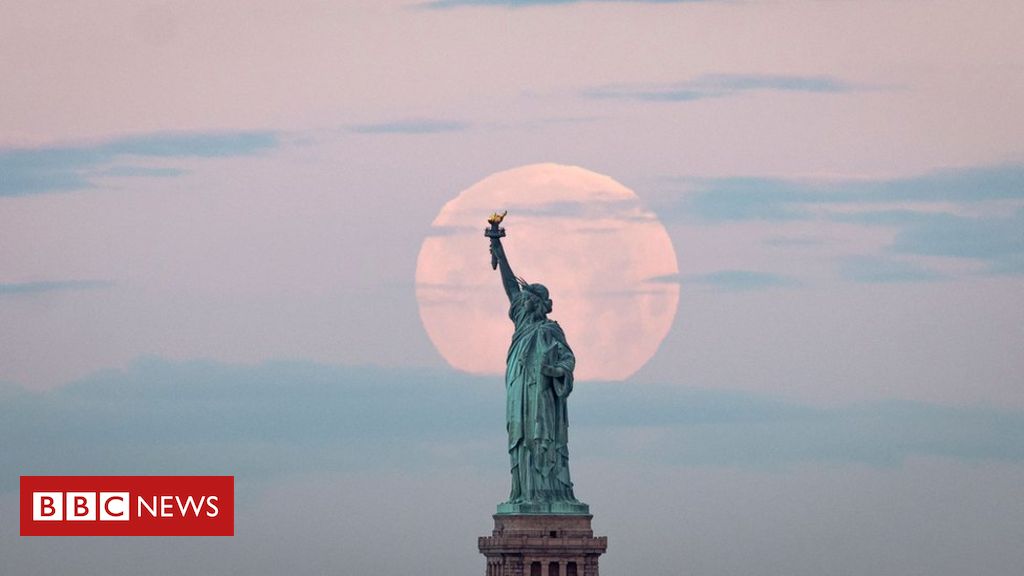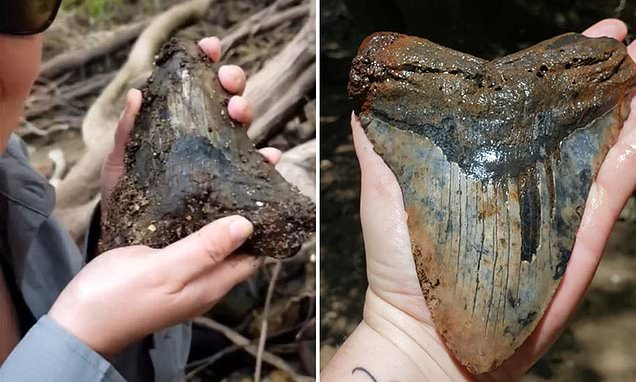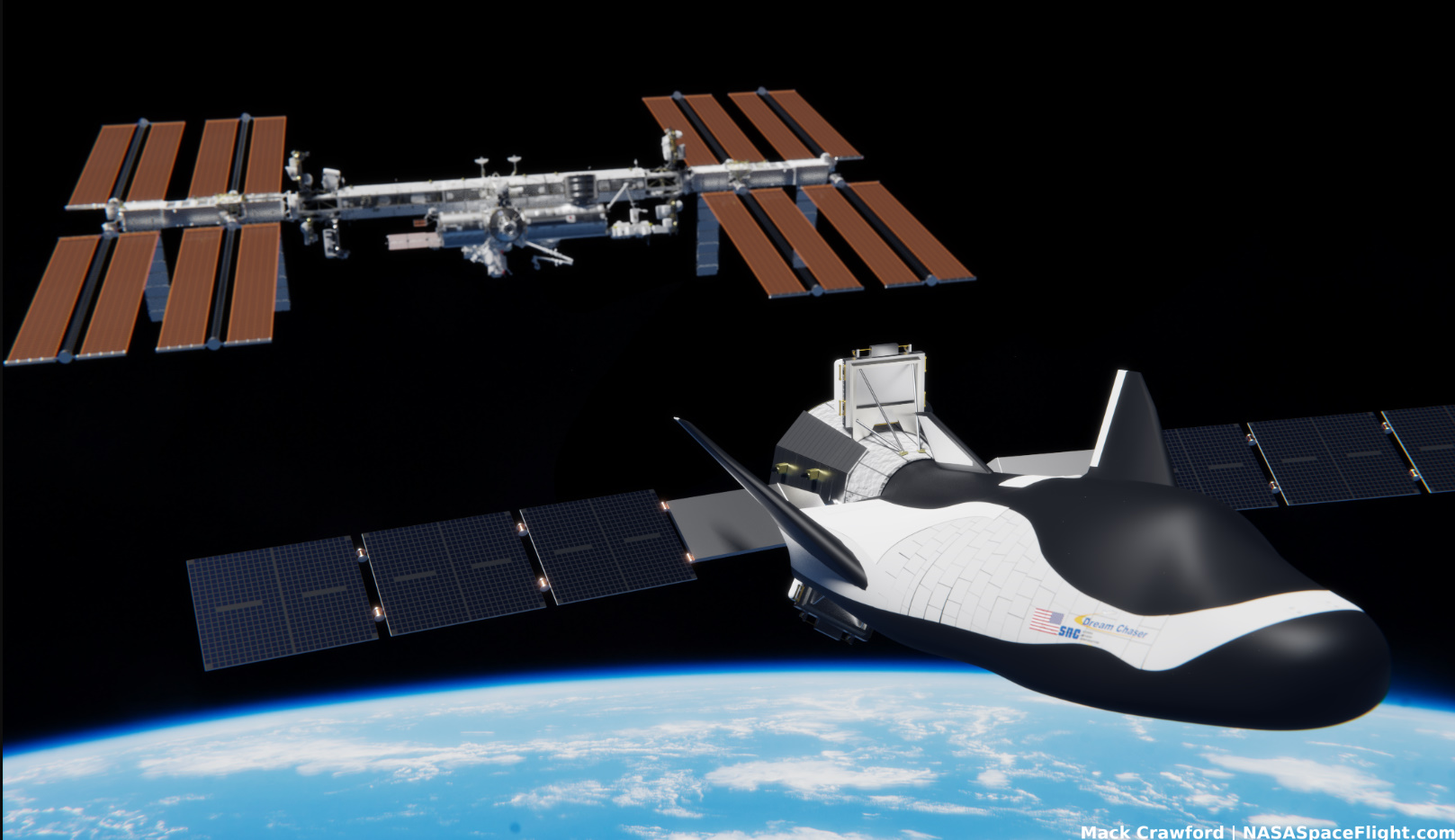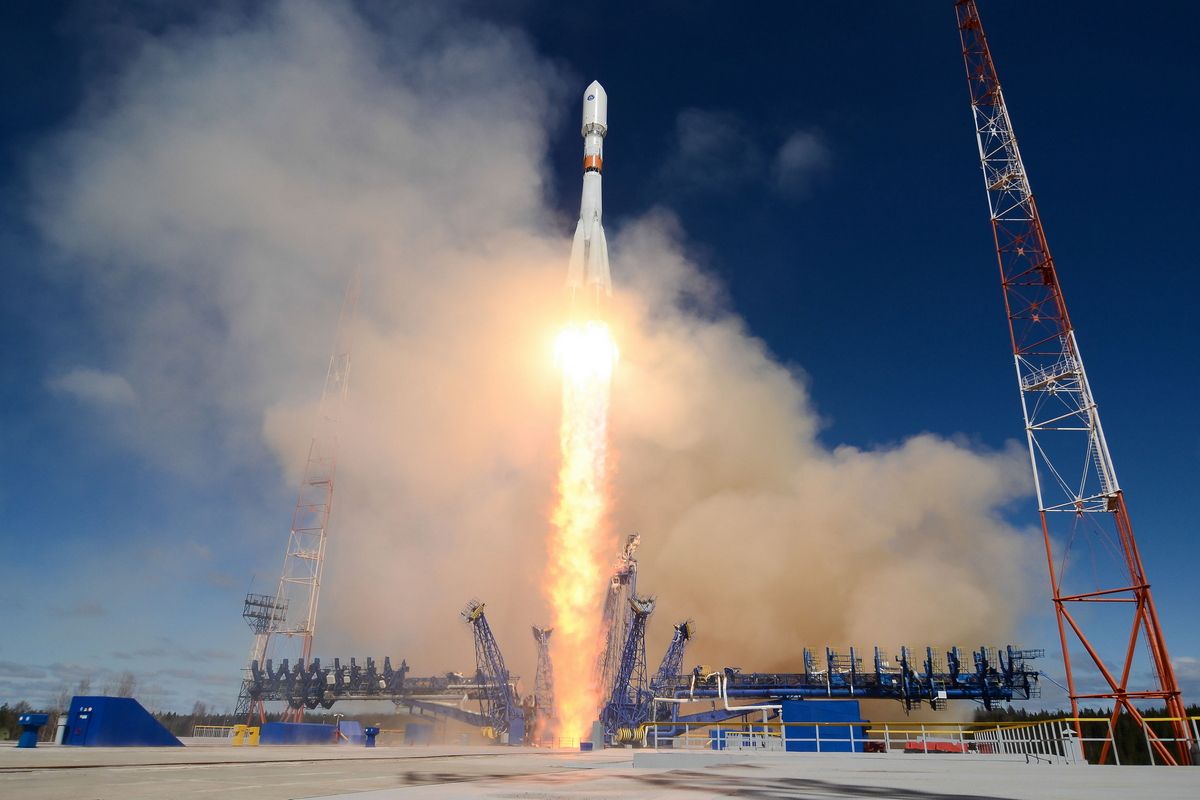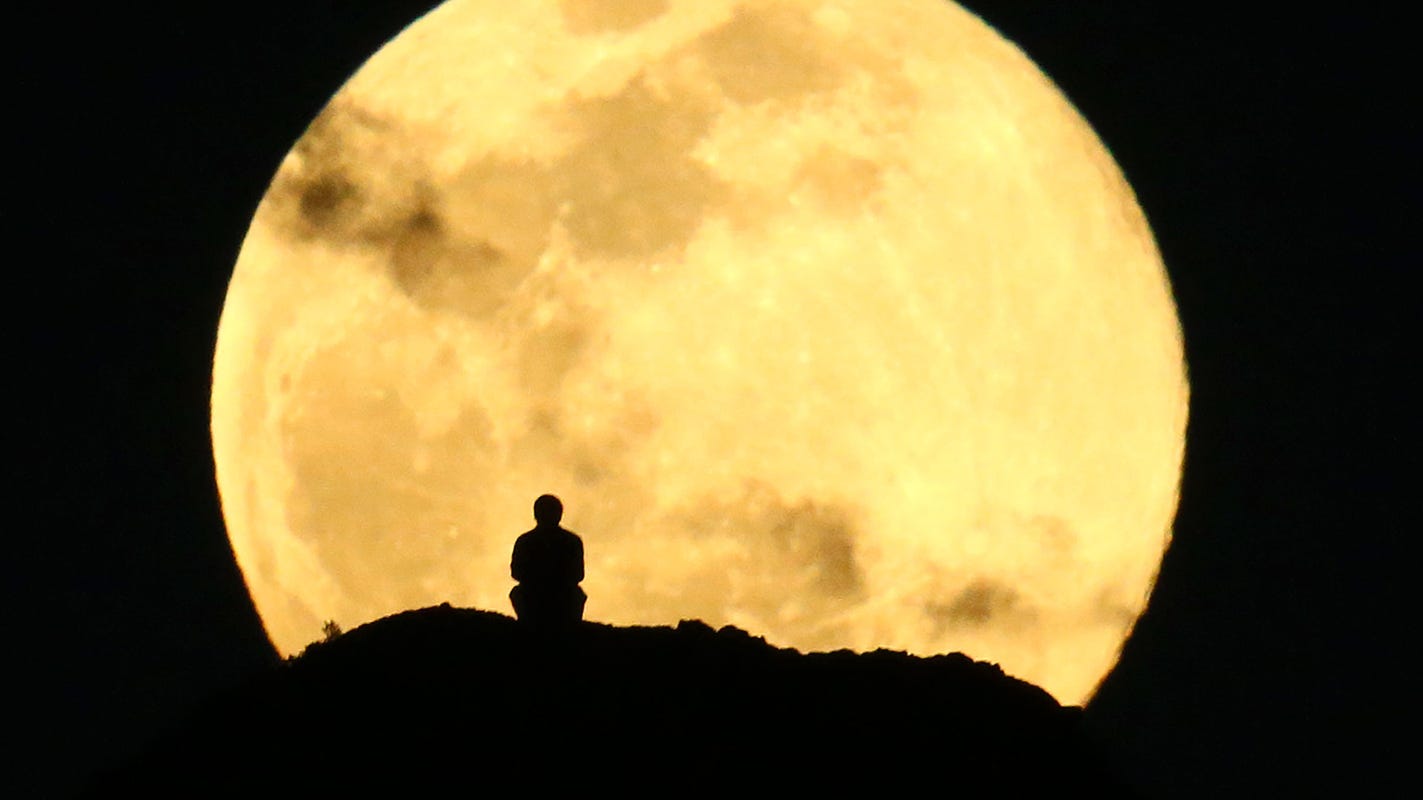Science Tips Tips Tricks Technology ‘Standard model’ of cosmology called into question by new measurements
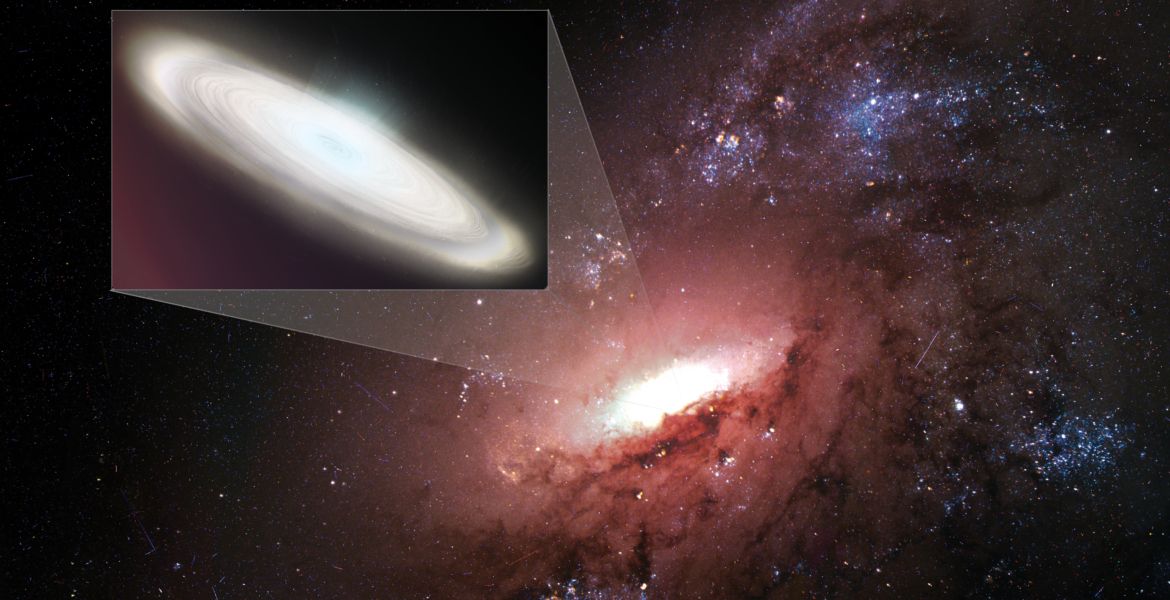
Science Tips Tips Tricks Technology
Do scientists need to re-examine the basic model of the universe?
Using new measurements of cosmic distances, astronomers have refined their calculation of the Hubble Constant, a number that describes how fast the universe is expanding at different distances from a specific point in space.
The new measurements have prompted scientists to consider revising this important figure and provided support for the idea that the “standard model of cosmology,” the theory that describes the fundamental nature of the universe, may need to be revamped.
These new measurements, made using a variety of telescopes around the world, emphasize a discrepancy between previous measurements of the Hubble Constant and the value of this constant predicted by the “standard model,” astronomers said. The “standard model” classifies all known elementary particles and describes three of the four fundamental forces at play in the universe: the strong force, the weak force and the electromagnetic force. The theory does not include the gravitational force.
Related: The biggest unsolved mysteries in physics
In this new work, researchers refined distance measurements to four different galaxies (which are at distances ranging from 168 million light-years to 431 million light-years from Earth) and additional, previous distance measurements to two galaxies. They found the Hubble Constant, or the rate that the universe is expanding, to be 73.9 kilometers (45.9 miles) per second per megaparsec.
This is fairly different from 67.4 kilometers (41.9 miles) per second per megaparsec, the value predicted from the standard model.
“Testing the standard model of cosmology is a really challenging problem that requires the best-ever measurements of the Hubble Constant,” Dom Pesce, a researcher at the Center for Astrophysics at Harvard and Smithsonian and lead author on the new paper, said in a statement.
“The discrepancy between the predicted and measured values of the Hubble Constant points to one of the most fundamental problems in all of physics, so we would like to have multiple, independent measurements that corroborate the problem and test the model,” Pesce said. “Our method is geometric and completely independent of all others, and it reinforces the discrepancy.”
These new measurements were made by telescopes including the National Science Foundation’s Very Long Baseline Array (VLBA), Karl G. Jansky Very Large Array (VLA), and Robert C. Byrd Green Bank Telescope (GBT), along with the Effelsberg telescope in Germany.
“We find that galaxies are nearer than predicted by the standard model of cosmology, corroborating a problem identified in other types of distance measurements,” James Braatz of the National Radio Astronomy Observatory (NRAO), who leads the Megamaser Cosmology Project, which aims to measure the Hubble Constant, said in the same statement.
“There has been debate over whether this problem lies in the model itself or in the measurements used to test it,” Braatz added. “Our work uses a distance measurement technique completely independent of all others, and we reinforce the disparity between measured and predicted values. It is likely that the basic cosmological model involved in the predictions is the problem.”
This work was published in the journal the Astrophysical Journal Letters.
- The 12 Strangest Objects in the Universe
- From Big Bang to Present: Snapshots of Our Universe Through Time.
- The 11 Biggest Unanswered Questions About Dark Matter
Email Chelsea Gohd at [email protected] or follow her on Twitter @chelsea_gohd. Follow us on Twitter @Spacedotcom and on Facebook.
Join our Space Forums to keep talking space on the latest missions, night sky and more! And if you have a news tip, correction or comment, let us know at: [email protected].
